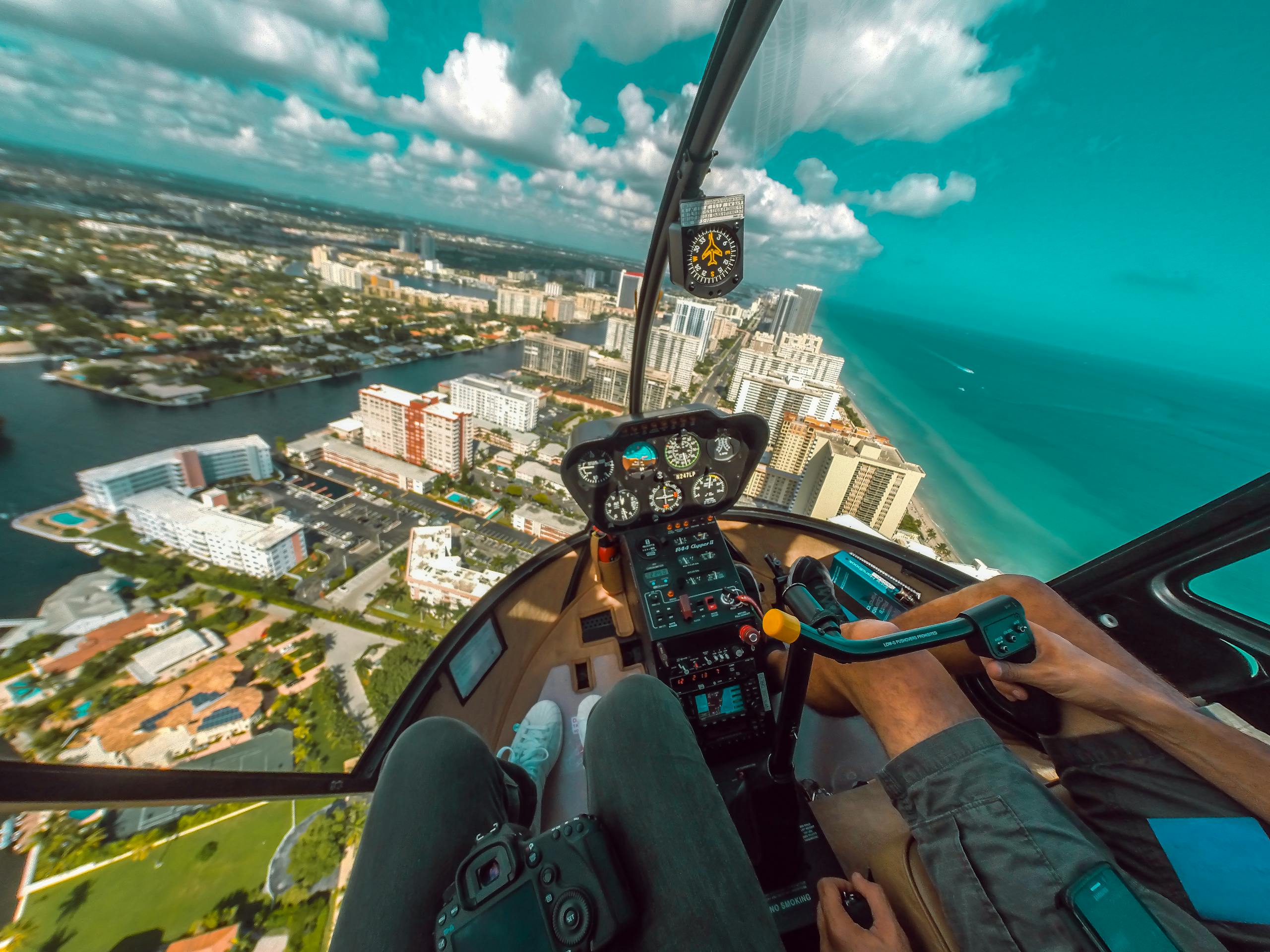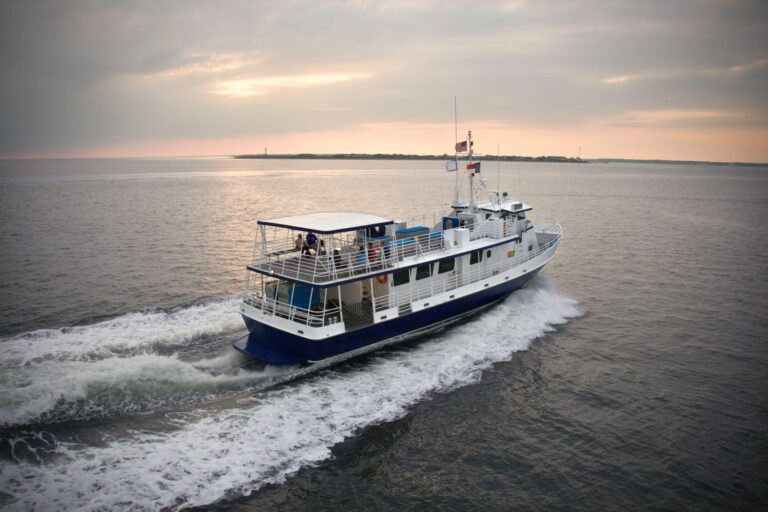The National Transportation Safety Board has indicated that a helicopter windshield that was not resistant to bird hits was the main factor in a fatal offshore helicopter crash in Terrebonne Parish in Louisiana last year that killed eight people. In February last year, the offshore helicopter was carrying seven oil rig workers on their way to a platform in the Gulf of Mexico. There were also two pilots on board. The plane went down in Terrebonne Parish in Louisiana, killing seven people and injuring one seriously.
According to the National Transportation Safety Board investigation, the helicopter suffered a bird hit just before the crash. The crash triggered a quick series of events that ultimately resulted in the crash. Both the pilots were left stunned and disoriented soon after the bird strike, and they were unable to maintain control over the helicopter.
According to the investigation, the cockpit voice recorder recorded the sound of a loud bang, and this was followed by the sounds of rushing wind and engine failure. Besides, investigators recovered bird feathers and other debris from the windshields and canopy of the helicopter. They believe the bird could have been a female red tail hawk, weighing about 2.4 pounds. The impact of the bird hit, according to the investigators, caused a lever malfunction and shut off fuel to the engine.
What maritime lawyers will find most outrageous is that the helicopter had initially come with laminated glass windshields that could have resisted the impact of the bird hit. However, the operator of the helicopter PHI, had removed the laminated windshield, and replaced it with lightweight acrylic windshields. These windshields do not come with any resistance to a bird strike.
According to the NTSB, the Federal Aviation Administration’s failure to require that all helicopter operators install bird hit-resistant windshields on their aircraft, indirectly contributed to the incident.






